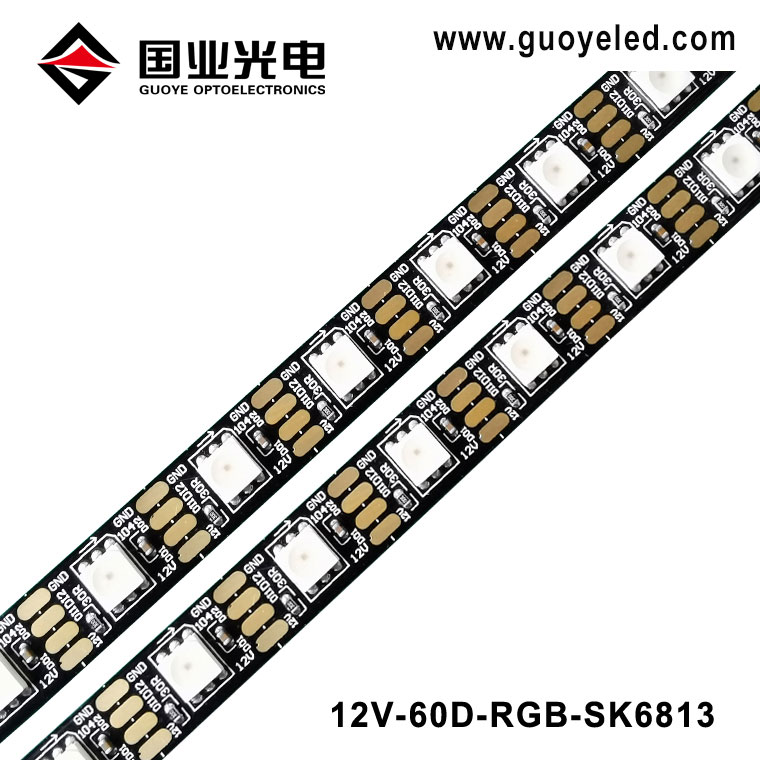Key features and applications of pixel LED strips
2023-10-18
Pixel LED strips are a type of LED strip lighting that incorporates individually addressable LEDs, allowing each LED module or pixel to be controlled independently. These strips are often used in creative lighting projects, displays, and installations where dynamic and customizable lighting effects are desired. Here are some key features and applications of pixel LED strips:
Key Features:
1. Individually Addressable Pixels: Pixel LED strips are designed with LEDs that can be controlled individually. This means you can program each pixel to display a different color or pattern, creating dynamic lighting effects.
2. Flexible Design: Like traditional LED strips, pixel LED strips are flexible and can be bent, twisted, and shaped to fit various designs and layouts.
3. High Brightness: Pixel LED strips often feature high-brightness LEDs, making them suitable for both indoor and outdoor applications.
4. RGB or RGBW LEDs: These strips typically use RGB (Red, Green, Blue) LEDs, but RGBW versions are also available, which include a white LED in addition to the RGB LEDs for improved color mixing and white light generation.
5. Programmable: Pixel LED strips can be programmed using specialized LED controllers, microcontrollers like Arduino, or software such as DMX control systems to create complex lighting animations and effects.
6. Multiple Control Protocols: They support various control protocols like WS2812, WS2813, SK6812, and APA102, each with its advantages in terms of control and compatibility.
7. Low Voltage: Many pixel LED strips operate at low voltage (usually 5V or 12V), making them safer for DIY projects.
Applications:
1. Pixel Mapping Displays: Pixel LED strips are used in pixel mapping displays where each pixel represents a specific element in the display, creating intricate patterns and animations. Common in concerts, stage shows, and events.
2. Architectural Lighting: They are used for architectural lighting to highlight building features, facades, and structures with dynamic and colorful lighting effects.
3. Art Installations: Pixel LED strips are popular in art installations, sculptures, and interactive art projects, allowing artists to create dynamic and visually engaging works.
4. Home Lighting: Some homeowners use pixel LED strips for accent lighting, under-cabinet lighting, and creative lighting designs in their homes.
5. Signage: In signage and advertising, pixel LED strips are used to create dynamic and attention-grabbing illuminated signs and displays.
6. Theater and Stage Lighting: Pixel LED strips are used in theater productions, stage shows, and live performances to create custom lighting effects and visuals that sync with the performance.
7. Automotive Lighting: Enthusiasts use pixel LED strips for automotive underglow lighting, interior lighting, and custom lighting effects in vehicles.
8. Holiday Decorations: They are applied in holiday decorations and lighting displays, allowing for eye-catching and animated lighting effects for festivals and events.
9. Interactive Projects: Pixel LED strips are often used in interactive projects, including interactive art installations, kinetic sculptures, and educational projects to teach programming and electronics.
Pixel LED strips offer endless possibilities for creative lighting projects, allowing for intricate animations, dynamic color changes, and stunning visual effects. When working with pixel LED strips, it's essential to understand the control protocols and have the necessary hardware and software for programming and customization.



